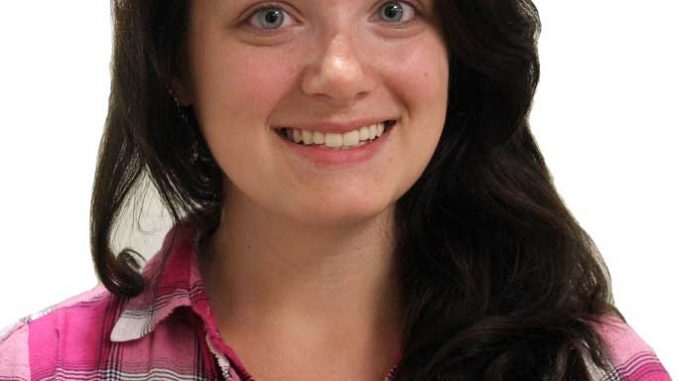

Why can’t more women discuss bodily functions in movies, à la “Bridesmaids?” It saddens me. I tend to enjoy the movies that have fully realized characters I can relate to. Yes, I am a woman and other women talk about their bodily functions together – it’s not just a “man” thing.
So, being the strong, independent and resourceful woman I am, I scoured the Internet for information about how women are portrayed in movies and why. I wanted to know what the experts thought. I figured I couldn’t be the only woman who feels that we are not being portrayed as realistically as we should be. We don’t purely talk about men, clothes and lipstick colors, regardless of other people’s opinions.
Alison Bechdel, a cartoonist, created The Bechdel Test. This was a fun, yet thought-provoking idea that gauged the role of women in a\movies. The test had seemingly simple criteria – the film must have at least two named women who talk to each other about something other than another man.
Easy, right? Apparently not.
According to movie website Film School Rejects, some of the most prolific films of modern times – including all of “The Lord of the Rings Trilogy” and “Harry Potter and the Deathly Hallows: Part II” fail the Bechdel Test. These two series represent two of the most important adaptations brought to the screen.
These high profile movies fail this seemingly simple gauge for women, though the problem may be able to be traced to lack of female presence behind the screen.
According to the Women’s Media Center’s publication “The Status of Women in the U.S. Media 2013,” only 9 percent of the directors of the top grossing movies in 2013 and 18 percent of overall production roles were comprised of women.
“These high profile movies fail this seemingly simple gauge for women, though the problem may be able to be traced to lack of female presence behind the screen.”
As an aspiring filmmaker/writer/director/producer/anything to do with movies, this statistic is unsettling.
In terms of on-screen roles, women comprised only 11 percent of protagonist characters in 2011, and 33 percent of characters overall.
This is another troubling statistic, especially since statistics show that moviegoers are pretty evenly split when it comes to gender.
While it is a fact that women are not featured in films as main characters as often as men, the Bechdel Test and the overall amount of women in a film cannot, and should not, dictate whether a movie is good or bad.
“Zero Dark Thirty” technically does not pass the Bechdel Test, even though it was directed by a woman, Kathryn Bigelow, and based on a real female CIA agent. Even though it has two main characters who were women, all they talk about is one man.
So I decided to put my own scripts I’ve written to the test. Out of the past three scripts I’ve written, only one passes the test. Granted, they are short film scripts so there isn’t much room for character development, and the two that don’t pass are male-centric. However, perhaps my scripts don’t pass the test because I’m so used to watching films that feature male protagonists rather than female protagonists.
The dialogue about the portrayal of women should be open. The Bechdel Test is not a hard and fast rule to measure whether a film is inclusive towards women, however it does raise some questions regarding the portrayal of women in movies. The fact that Bechdel felt the need to point out that women are often misrepresented in movies shows that the issue needs attention and shouldn’t be ignored. Films, TV and all other types of media immediately reflect our society. As an aspiring filmmaker, I want to represent all walks of life with dignity.
Chelsea Colatriano can be reached at chelsea.colatriano@temple.edu.


Be the first to comment